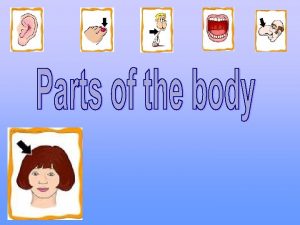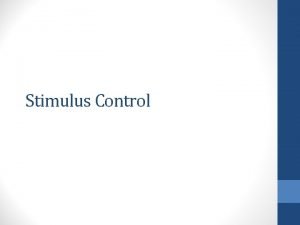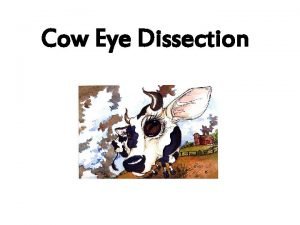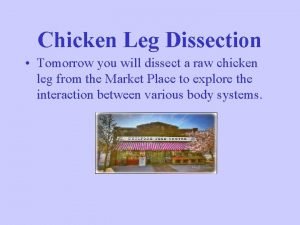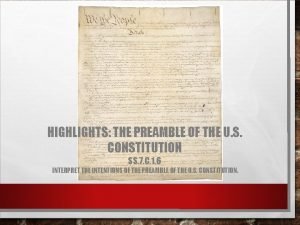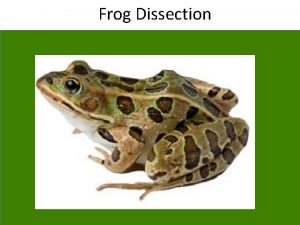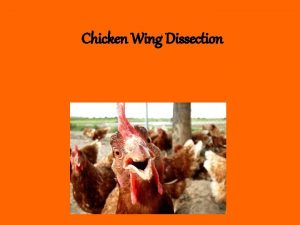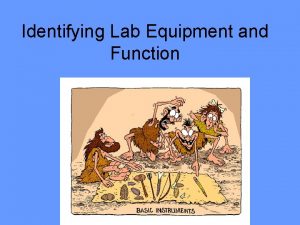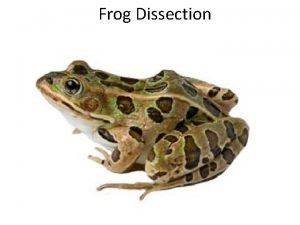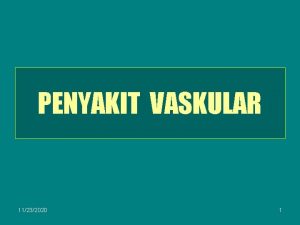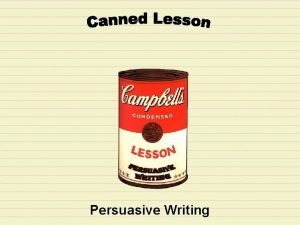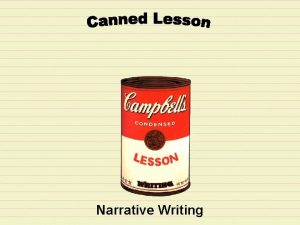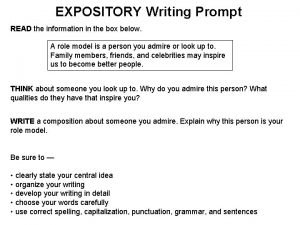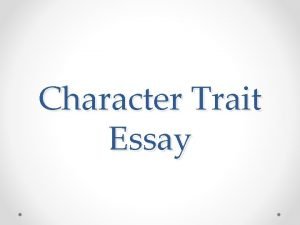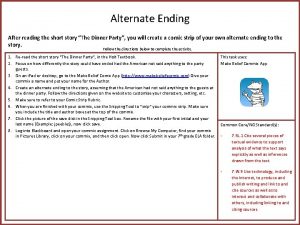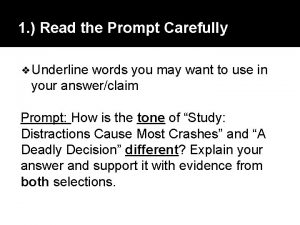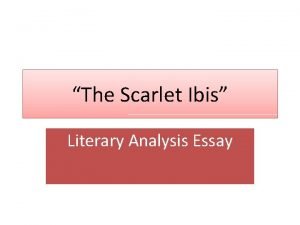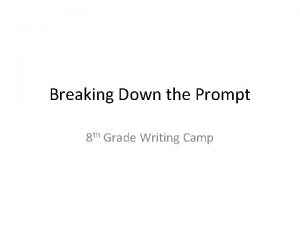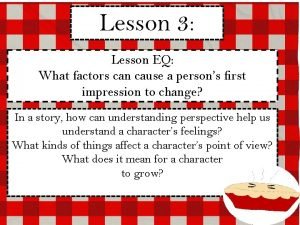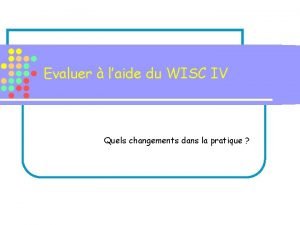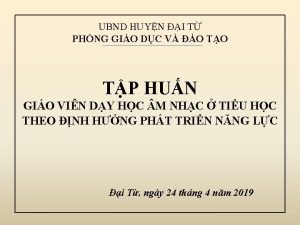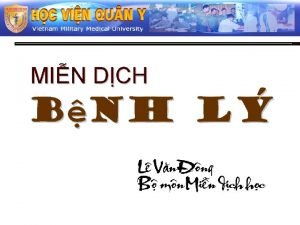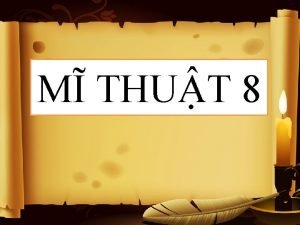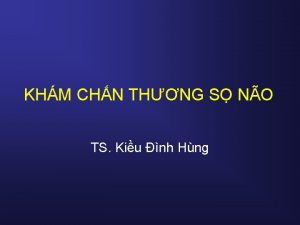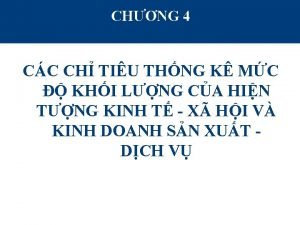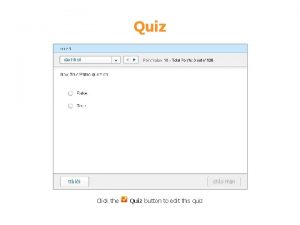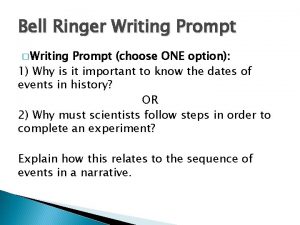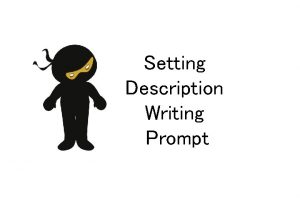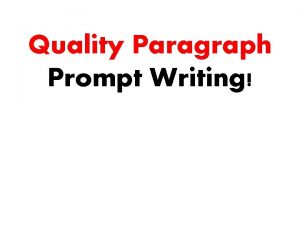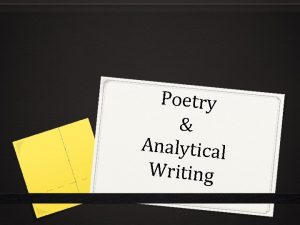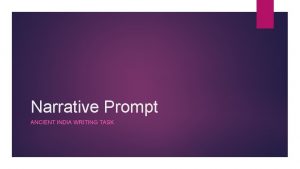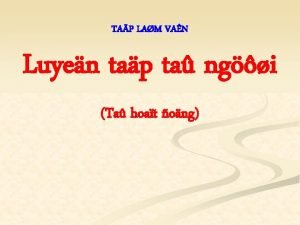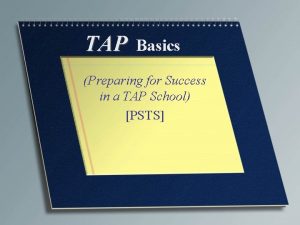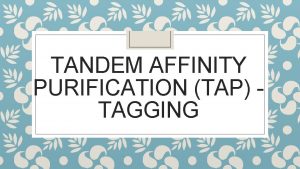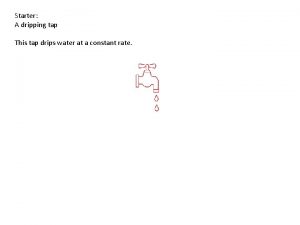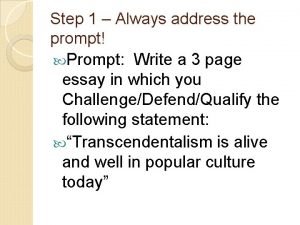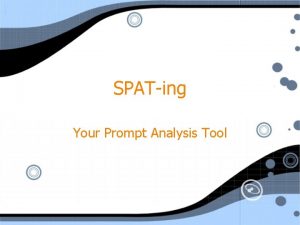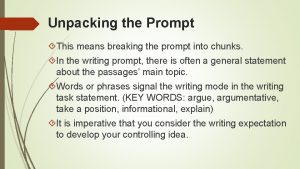Writing Notes Begin by Dissecting the Prompt TAP

Writing Notes

Begin by Dissecting the Prompt -- TAP PASSAGE SET TITLE: GOOFS AND GREAT INVENTIONS PROMPT: WRITE AN ESSAY IN WHICH YOU TAKE A POSITION ON WHETHER OR NOT MISTAKES ARE A KEY PART OF DISCOVERY. USE THE INFORMATION PRESENTED IN THE PASSAGE TO SUPPORT YOUR POINTS. MAKE SURE TO INCLUDE INFORMATION FROM ALL THE PASSAGES IN YOUR ESSAY. *WHICH PART OF THE PROMPT INDICATES THE TASK?

Task WRITE AN ESSAY IN WHICH YOU TAKE A POSITION ON WHETHER OR NOT MISTAKES ARE A KEY PART OF DISCOVERY. USE THE INFORMATION PRESENTED IN THE PASSAGE TO SUPPORT YOUR POINTS. MAKE SURE TO INCLUDE INFORMATION FROM ALL THE PASSAGES IN YOUR ESSAY. *Task = Argumentative writing

Claim WHICH PART OF THE PROMPT INDICATES THE CLAIM? WRITE AN ESSAY IN WHICH YOU TAKE A POSITION ON WHETHER OR NOT MISTAKES ARE A KEY PART OF DISCOVERY. USE THE INFORMATION PRESENTED IN THE PASSAGE TO SUPPORT YOUR POINTS. MAKE SURE TO INCLUDE INFORMATION FROM ALL THE PASSAGES IN YOUR ESSAY. *Claim = mistakes are (or are not) a key part of discovery.

Prompt PROMPT: WRITE AN ESSAY IN WHICH YOU EXPLAIN WHY AMERICANS ARE INCREASINGLY OBESE. USE THE INFORMATION PRESENTED IN THE PASSAGE TO SUPPORT YOUR POINTS. MAKE SURE TO INCLUDE INFORMATION FROM ALL THE PASSAGES IN YOUR ESSAY. *Which part of the prompt indicates the task?

Task PROMPT: WRITE AN ESSAY IN WHICH YOU EXPLAIN WHY AMERICANS ARE INCREASINGLY OBESE. USE THE INFORMATION PRESENTED IN THE PASSAGE TO SUPPORT YOUR POINTS. MAKE SURE TO INCLUDE INFORMATION FROM ALL THE PASSAGES IN YOUR ESSAY. *Task – Informational/Explanatory Writing

Controlling Idea WHICH PART OF THE PROMPT INDICATES THE CONTROLLING IDEA? PROMPT: WRITE AN ESSAY IN WHICH YOU EXPLAIN WHY AMERICANS ARE INCREASINGLY OBESE. USE THE INFORMATION PRESENTED IN THE PASSAGE TO SUPPORT YOUR POINTS. MAKE SURE TO INCLUDE INFORMATION FROM ALL THE PASSAGES IN YOUR ESSAY. *Controlling Idea – Why are Americans increasingly obese

You’ve Dissected the Prompt – Now What? Read each passage closely, making note of evidence that supports the claim or controlling idea. This can be done by: Ø Highlighting evidence in the passages and using the planning sheet to categorize/organize evidence.

Some people do not believe they need to plan. THEY’RE WRONG!

Planning Your Essay

Planning Your Essay There are numerous ways to plan: Ø Outline form Ø Various graphic organizers Include source paragraph numbers in your planning.

Introductions & Thesis Statements

Definitions to Remember Grabber – The first sentence of your introduction, meant to grab the reader’s attention (also called a HOOK). Transition – The sentence which connects the hook and thesis. Thesis – The sentence that tells the reader what your essay is going to be about – your main idea. This will be a controlling idea for an informational/explanatory essay, or a claim for an argumentative essay. The thesis also tells the reader what to expect in the rest of the essay (the main points you will make to support thesis).

Grabbers (aka Hooks) Designed to wake up the reader by grabbing their attention and startling them enough to be curious about reading the rest of the essay. DO NOT make up facts or statistics. DO NOT make up quotes.

Types of Grabbers Unusual detail -- This is something that people would likely not know; it makes them want to read on to find out why. The pentagon has twice as many bathrooms as are necessary (Cite source). Strong statement Schindler's List graphically portrays the horrific acts of German concentration camps in World War II.

Types of Grabbers Anecdote When Jonathan Swift described Gulliver’s trip to the land of Laputa in Gulliver’s Travels, Swift depicted scientists who had one eye turned inward and the other aimed at the stars. Quotation John F. Kennedy once said, “Ask not what your country can do for you – ask what you can do for your country. ” Exaggeration Most kids would rather eat dog food than risk their lives eating school cafeteria food.

Types of Grabbers Strong Image Picture rows of unwelcoming tables with benches crammed with too many rowdy, hungry teenagers and the smell of sweat socks wafting through the air…are you hungry yet? Short Sentences/Rule of 3 Cold fries. Soupy mashed potatoes. Bland burgers. Welcome to the school cafeteria.

Assigned Prompt: Americans are facing an obesity epidemic. Think of reasons why Americans are gaining weight and becoming obese. Write to explain reasons that Americans are fighting a weight battle.

DIRECTIONS: Formulate an introductory paragraph that begins with the hook and ends with thesis. Exchange papers with one of your peers. Get feedback. Revise. Hook: Transition sentences: Thesis (Claim/Controlling Idea):

Writing the Body Paragraphs

Body Paragraph Construction A good body paragraph is like a mini-essay. Begin by introducing your main idea for that paragraph. Grab your reader’s attention. Middle – don’t forget the evidence and elaboration. Sentences using CAFÉ-Qs that relate to the paragraph’s main idea and SUPPORT the essay’s thesis. This is where you add the meat, the flavor of the essay. End with a concluding sentence that wraps everything up. (Completes your thoughts and brings closure to the reader. ) You may also put a link (transition) here to the next body paragraph.

P. E. E. L. P- Point (make your point) E- Evidence (Back it up! Support your point or claim with evidence and examples. ) E- Elaboration (Explain how the evidence supports your claim. ) L- Link (Link this point to the next point in the following paragraph. )


Quoting the Source When you quote, you are reproducing another writer’s words exactly as they appear on the page. Quote if you can’t say it any better and the author’s words are particularly brilliant, witty, edgy, distinctive, a good illustration of a point you’re making, or otherwise interesting. Quote if you are using a particularly authoritative source and you need the author’s expertise to back up your point. Quote if you are analyzing diction, tone, or a writer’s use of a specific word or phrase. Quote if you are taking a position that relies on the reader’s understanding exactly what another writer says about the topic.

Citing the Source How to Cite In source 2, paragraph 11, the author says, “____. ” The author of _(name of article or passage) states, “______. ” In the article _(name of article or passage)_, _(name of author)_ claims, “_______. ” In source 3, _(name of source in article)_ claims, “________. ” Adding analysis and reflection to your sources Ø If it’s worth quoting, it’s worth discussing. Ø Your evidence can NOT speak for itself—if it could, why would we read your essay rather than just go to the original source? Ø Always add your own explanation or interpretation to ensure it is clear which parts of the evidence are most important and how it fits into your larger argument. Ø When working with written evidence, it’s good to observe the rule of two: the writer should supply at least two words of analysis for every one word of a citation, and usually more.

Elaboration Starters Elaboration should tell the reader why the evidence matters to the claim or controlling idea. Because of this. . . For instance To illustrate Such as To be specific This can be made clear. . . Specifically This can be explained. . . In such cases In addition In other words For example

Support For Your Ideas (CAFÉ-QS) Comparison/Contrast -- Compare or contrast your topic with something else. Anecdote -- Tell a short story that relates to your topic/reason Facts -- Things you know to be true, observations, etc. Explanations -- Definitions, examples, or further explanation of the subject. If there is something the reader needs to know to understand your writing – you need to provide it. Quotes -- Something someone said. It can be a famous person, or just someone you know. Sensory Details -- Show, don’t tell. Use your senses to describe, explain or elaborate.

Transitions TRANSITIONS LINK SENTENCES OR PARAGRAPHS -- THEY CONNECT IDEAS AND HELP THE WRITING FLOW FROM ONE IDEA TO ANOTHER.

Standard, boring transitions First Second Third Then Next Another Finally

More Interesting, Useful transitions Similarly Thus As compared/contrasted to As a result Simultaneously Owing to As stated above Thanks to Consequently Because of Likewise Afterwards In addition As a final point Concurrently (at the same time) In conclusion On one hand On the other hand

Unique Transitions Speaking of ____ (Refer to a previous topic) Talking about _______ (Also refers to a previous topic) And so it follows that… Moving on from ____ we come to ____ In view of the fact that… Taking into account that…

Writing a Conclusion Ø Transition from your last body paragraph. Ø Restate your controlling idea/claim in a different way, bring it all back to your MAIN point of the essay. Make sure it is not exactly the same though. Ø Create a 360 ending. Reread your introduction and bring back something from the introduction in your conclusion. Ø Reread your essay before beginning the conclusion. Make sure you are wrapping up your ideas.

Conclusions continued Ø DO NOT announce your conclusion. “IN conclusion, ” “Now that you have read my essay, ” “Let me wrap up by. . . ” Ø DO NOT introduce NEW ideas, points, or supports. You should have already put these in your supporting paragraphs

o Ending the Essay… the 360 Your conclusion should recap your main points, and then make a reference back to your grabber. Example: Grabber & 360 o Introduction “Why are you saving something so trivial? ” my father roars as he discovers the old Nike shoe box I kept stored in my closet. People across the world save items for many different reasons. Some because they feel it will benefit themselves in the future, or perhaps because it may benefit another person close to them, or even just in case of an emergency. The fact of the matter is there are many reasons why someone might save something. Conclusion In essence, there are innumerable reasons why people save things. Whether it be for themselves, for others, or for an emergency; the fact of the matter is, people save things. So the next time my father asks why I’m saving something so trivial, I’ll shout with pride, “We just might need it one day!” I know I’ll be overcome with pure joy when I find a use for that old shoe box!

o Ending the Essay… the 360 Your conclusion should recap your main points, and then make a reference back to your grabber. Example: Grabber & 360 o Introduction “Why are you saving something so trivial? ” my father roars as he discovers the old Nike shoe box I kept stored in my closet. People across the world save vast amounts of items for many different reasons. Some save because they feel it will benefit themselves in the future, or perhaps because it may benefit another person close to them, or even just in case of an emergency. The fact of the matter is there are many reasons why someone might save something. Conclusion In essence, there are innumerable reasons why people save things. Whether it be for themselves, for others, or for an emergency; the fact of the matter is, people save things. So the next time my father asks why I’m saving something so trivial, I’ll shout with pride, “We just might need it one day!” I know I’ll be overcome with pure joy when I find a use for that old shoe box!

Favorite Season Essay 1. Copy your introduction onto a fresh sheet of notebook paper 2. 3. CHALLENGE: Can you end your introduction with a transitional sentence that leads into your first body paragraph? Work on drafting your first body paragraph Must follow the format just discussed Your support in this paragraph should use AT LEAST 3 of the CAFÉ-Qs that we discussed. When done, double check that you followed the format, and move onto your other body paragraphs (must all follow the requirements of the first).

Try it out Yourself! There have been many inventions over time. Think of an invention that you think is important. Now explain why that invention is important.

Try it Yourself! For the prompts below, complete the 3 -step brainstorming process and the column planning, including grabber and thesis. When done, draft your introduction 1. We all have seasons we love. Think of a season you love the best. Now write to explain why it is your favorite season. 2. Activities can be enjoyed by everyone, either playing or watching them. Think of an activity that you enjoy to watch or play. Now write to explain why it is your favorite.
- Slides: 38
